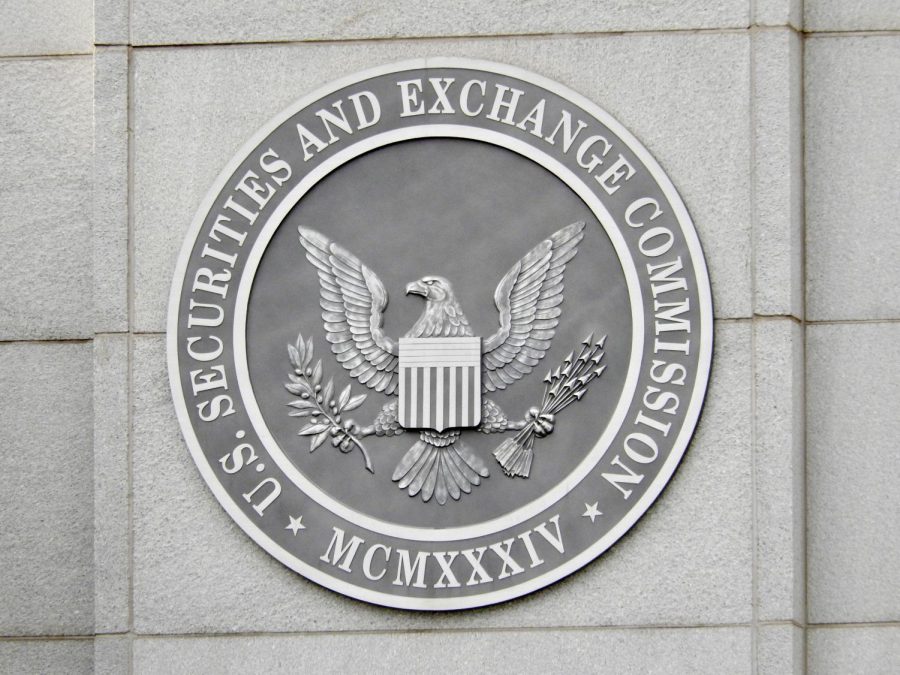SEC proposes new trading rules for Treasurys
September 29, 2022
The Securities and Exchange Commission proposed new changes to settlement and clearance requirements for traders in the U.S. Treasury bonds market on Sept. 14.
Recent illiquidity in the market was exacerbated by price swings, irregular buyer habits and the Federal Reserve’s quantitative tightening on interest rates. This led the SEC to take steps to facilitate a greater central clearance in the secondary market.
In its biggest intervention into Treasury bonds in decades, the SEC is targeting parties that encounter the binary clearance protocols so they adapt to its policies.
Also called “Treasurys,” Treasury securities come in the form of bonds, notes or bills and give buyers a peace of mind as their investments are backed by the “full faith and credit” of the U.S. government. Different options for buyers include choices on how long until the Treasurys mature, which can vary interest accrual, and payouts for either long-term or short-term periods.
Giving the government alternative financing apart from taxation, the U.S. Treasurys market is the world’s largest bond market. It attracts sellers and buyers from hedge funds, stock indexes, corporate agencies and individual citizens.
The market’s liquidity is defined by the ability of transactions to be made without substantial changes to the price of individual treasuries.
Essential to the process of exchanging Treasuries is settlement clearance, through which a seller can confirm a payment, and the buyer can be assured they’ll receive their securities. This confirmation usually takes place in one of two ways.
The counterparties may utilize digital measures to confirm the asset retrieval process themselves bilaterally. Alternatively, a central counterparty, or CCP, may facilitate the process by concurrently acting as a buyer to the seller and vice versa.
The new proposal by the SEC would spur more centralized clearance by rendering some bilateral securities transactions to be nonviable for settlement.
“The proposed rule changes would update the membership standards required of covered clearing agencies for the U.S. Treasury market with respect to a member’s clearance and settlement of specified secondary market transactions,” the SEC said in a press release.
CCP clearing may lower risk in Treasury cash transactions. When trades don’t clear, monetary losses due to accounting discrepancies are more likely.
The SEC continues its defense of central clearing, citing the clearinghouses’ resources and equal transparency for counterparties as the most effective way to maintain market resiliency and competition.
“I think there is more work to be done with respect to the amount of Treasury activity that is centrally cleared,” SEC Chair Gary Gensler said in the press release. “In 2017, however, only 13% of Treasury cash transactions were centrally cleared. I think that these rules would reduce risk across a vital part of our capital markets in both normal and stress times.”
The Fed, which some say is partially responsible for recent declines in Treasurys liquidity, has in the past taken a more moderate stance on the clearance methodologies’ advantages and effects.
In March 2018, the Fed analyzed concessions that could incentivize counterparties that are willing to risk collateral for a competitive advantage to clear settlements bilaterally.
“Central clearing of these financial contracts allows market participants to mutualize their counterparty risk, but this insurance may weaken incentives to acquire and to reveal information about such risk,” the Fed wrote in a paper.
When the coronavirus pandemic rocked the securities market in 2020, the Fed injected billions of dollars into U.S. Treasurys through quantitative easing. That money is now exiting the market through quantitative tightening.
The quantitative tightening may take place by selling Treasurys in the market or by letting them mature and cashing them in. Combined with increasing interest rate hikes, these actions pose the risk of destabilizing financial markets.
As it navigates its options for maintaining liquidity, the SEC will modulate the health of the national economy as well as global markets simultaneously.









